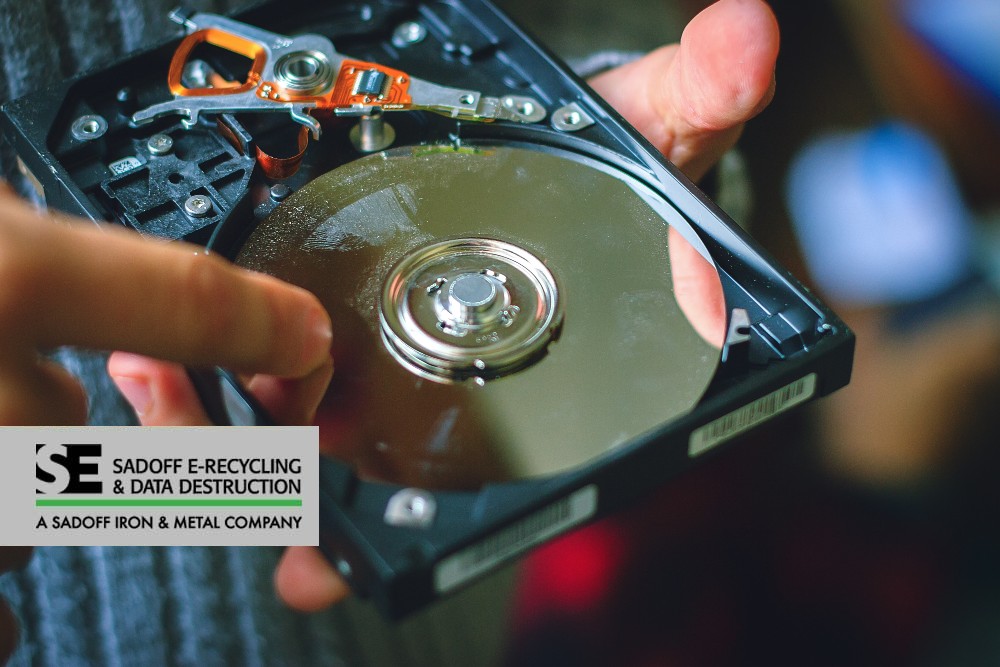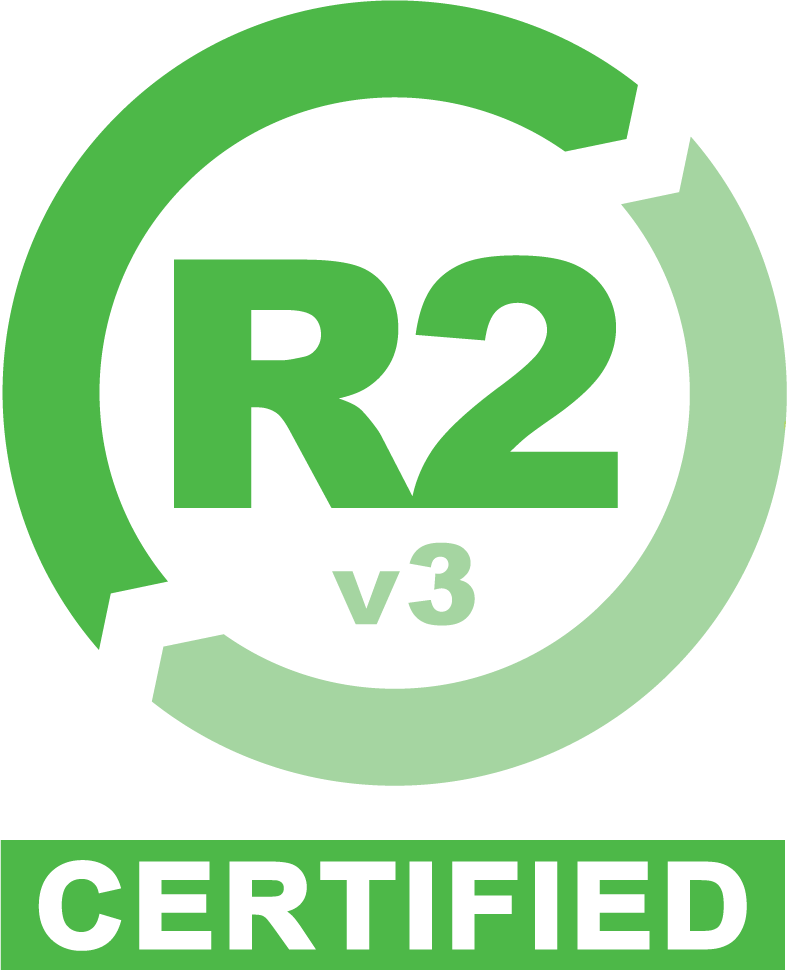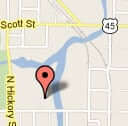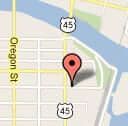Best Practices for Data Destruction
 13
13 Sep
In today’s digital age, data is the lifeblood of most businesses. However, data also represents a significant vulnerability. When data reaches the end of its lifecycle or when hardware is decommissioned, it’s crucial to ensure that sensitive information is completely and irreversibly destroyed. Failure to do so can lead to data breaches, compliance violations, and irreparable damage to your company’s reputation.
Understanding the Data
The first step in establishing a robust data destruction strategy is gaining a comprehensive understanding of the types and importance of the data your business handles. Implementing proper data classification techniques, along with effective storage tiering and data inventory tools, will allow you to track all data across your enterprise. This ensures each data type is stored appropriately throughout its lifecycle and alerts administrators when it’s time for proper destruction. Remember, orphaned data – data that is stored and used but not properly tracked – can be a major vulnerability.
Navigating Regulations
Depending on your industry and location, your business may be subject to numerous data protection and privacy regulations. It’s critical to understand the regulations that pertain to your business and craft data lifecycle and destruction practices that meet those obligations. Some regulations may require longer data retention periods for certain data types, while others might not. Ignorance of these regulations is not an excuse; non-compliance can result in severe penalties.
Implementing Data Lifecycle Management (DLM)
Manually tracking the lifecycle of every data element across an enterprise is virtually impossible. Effective DLM software tools are essential for inventorying, managing, and securely storing all data, and scheduling obsolete data for destruction. These tools can streamline the process, reduce the risk of human error, and provide auditable records of your data destruction activities.
Selecting the Right Destruction Methodologies

Understanding what constitutes proper data destruction is paramount. It may involve a combination of advanced data erasure software (overwriting) and physical destruction of storage media. Different data types may require different methodologies. For example, sensitive data on magnetic disks might necessitate degaussing or physical shredding, while less critical data could be adequately handled with overwriting techniques.
Involving Third Parties
Data protection and destruction policies must extend to any third parties that handle your data. Contracts and agreements with data processing or storage partners should explicitly define and enforce proper destruction practices. This ensures that your data remains protected throughout its lifecycle, even when it’s in the hands of external vendors.
Learn More: Fast Payment for E-Recycling
Planning for Contingencies
Consider potential scenarios that could necessitate data destruction, such as hardware failures, equipment upgrades, or breaches. Develop contingency plans to address these situations and ensure prompt and secure data destruction.
Ensuring Accountability
Regulatory compliance often mandates written validation or human confirmation that data has been destroyed. Establish policies that clearly define who is responsible for authorizing and verifying data destruction. This might involve maintaining detailed records of destruction activities, including the data destroyed, authorization details, methods used, and date of destruction.
Top 5 Best Practices for Secure Data Destruction & Disposal
The Sadoff & SunCoast Advantage
Partnering with Sadoff E-Recycling & Data Destruction and SunCoast Communications offers a comprehensive solution for secure and responsible data destruction. We provide a range of services, including:
- On-site and off-site data destruction
- Physical destruction of storage media
- Certified data erasure software
- Detailed reporting and documentation
Our team of experts can help you develop a customized data destruction plan that meets your specific needs and regulatory requirements. We prioritize data security, environmental responsibility, and compliance, ensuring your peace of mind.
Protecting your sensitive data is not just a best practice; it’s a necessity. By implementing these best practices and partnering with a trusted provider like Sadoff, you can safeguard your business, maintain compliance, and ensure the responsible handling of your data throughout its lifecycle.
Contact Sadoff today to learn more about our data destruction services and how we can help you protect your valuable information.
Categorized in: Data Security




 Google map directions
Google map directions
 Google map directions
Google map directions
 Google map directions
Google map directions
 Google map directions
Google map directions
 Google map directions
Google map directions
 Google map directions
Google map directions
 Google map directions
Google map directions